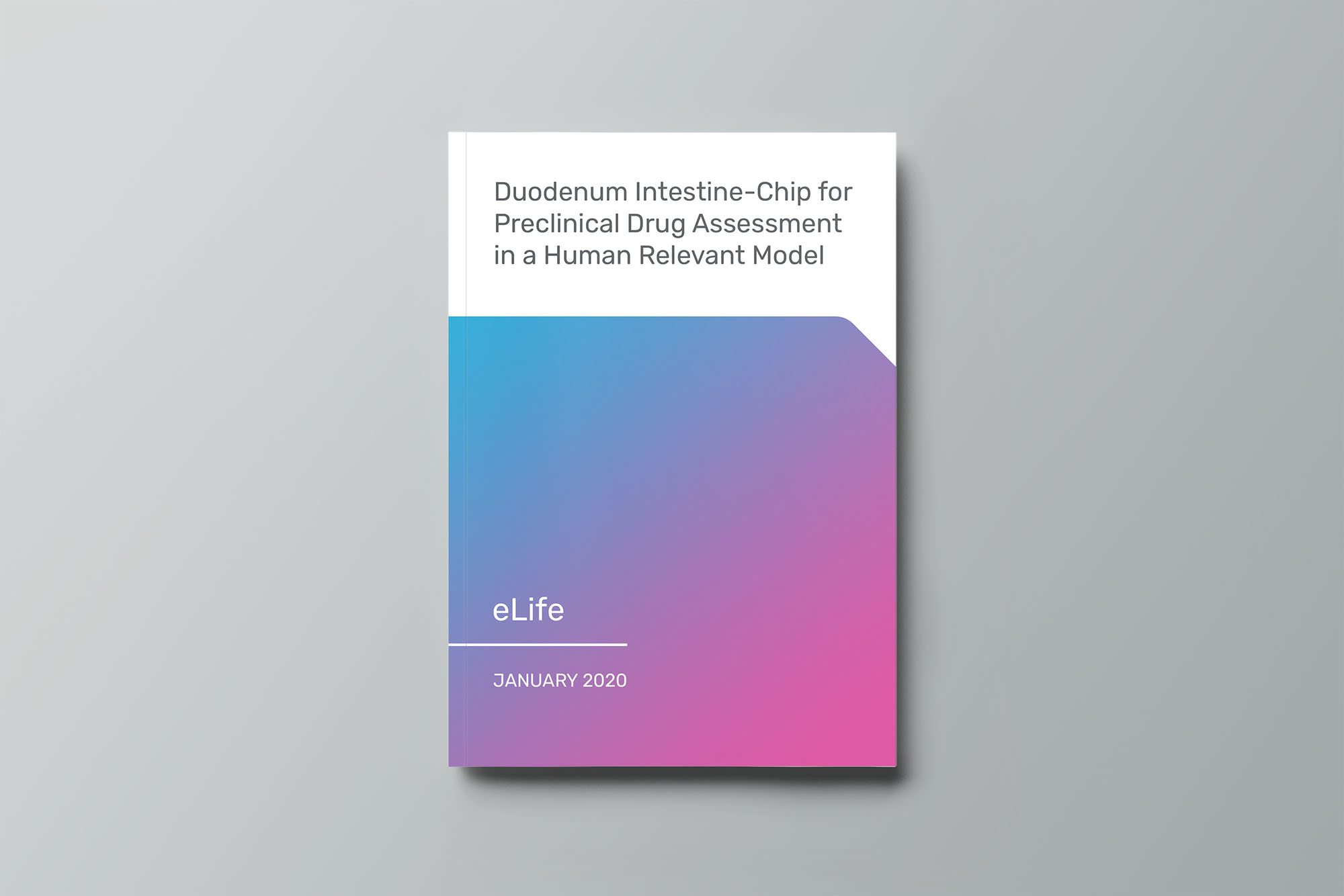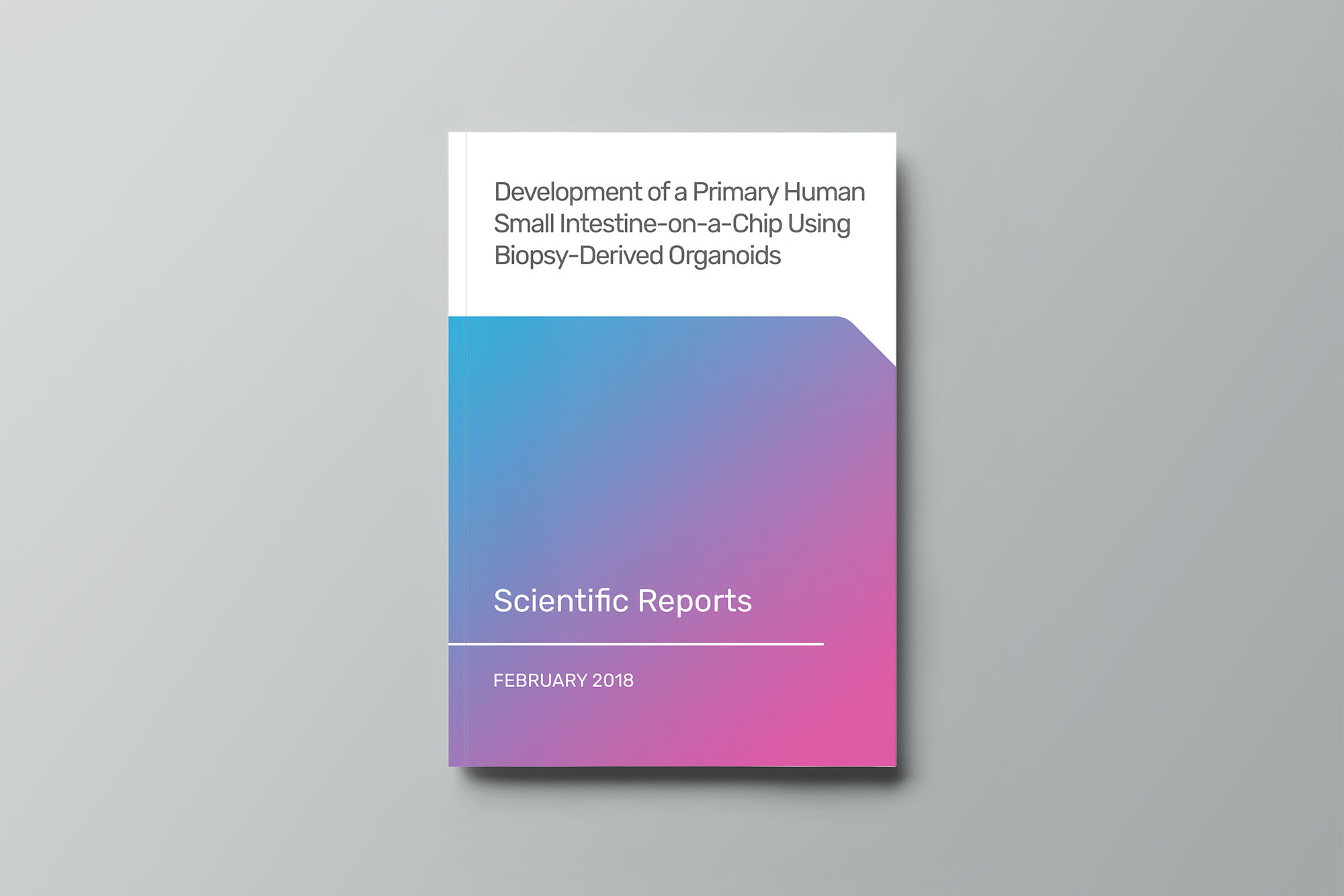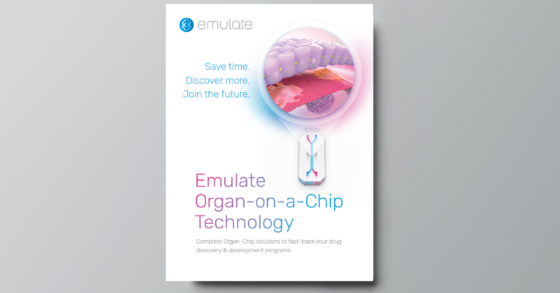organ-Chip model
Duodenum
Intestine-Chip
Study drug absorption and drug-drug interactions in a primary organoid-based model of the human small intestine


The Duodenum Intestine-Chip is a BioKit Model that Emulate has internally developed and validated. It is available as a BioKit, which includes pre-qualified cells, Organ-Chip consumables, and validated protocols, with guarantees on characterization and functionality.
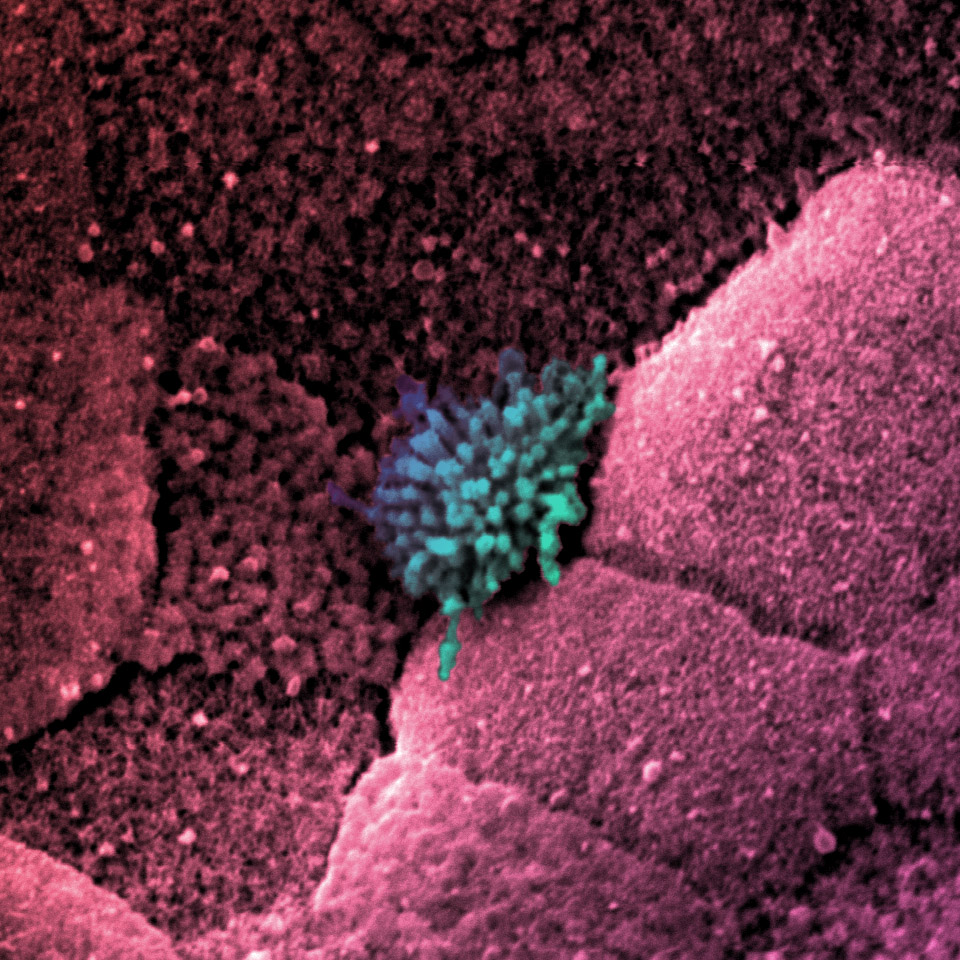
Characterization
An improved model of the human duodenum
The Duodenum Intestine-Chip combines primary human duodenal organoids and small intestine microvascular endothelial cells with mechanical forces that recreate intestinal peristalsis. In this dynamic microenvironment, cells become well-polarized and exhibit in vivo-like morphology, functionality, and gene expression, while allowing for access to the apical surface.
Benefits
A human-based advanced cell model
By using primary human cells, the Duodenum Intestine-Chip more closely models human characteristics, overcoming the translational challenges of animal models caused by species differences and differences in gene expression.
Human-relevant transcriptomic profile
Gene expression in the Duodenum Intestine-Chip more closely resembles in vivo tissue than organoids alone with significantly enriched pathways associated with metabolism, digestion, nutrient transport, and detoxification.
Physiologically relevant ratios of major cell types
Major intestinal epithelial cell types—absorptive enterocytes, enteroendocrine cells, goblet cells, and Paneth cells—are present and functional on-chip in physiologically relevant ratios, with improved differentiation compared to organoids alone.
Improved intestinal barrier formation
The Duodenum Intestine-Chip forms a functional intestinal barrier with well-defined epithelial tight junctions and in vivo-like permeability, in contrast to poorly defined tight junctions seen in standard cell culture.
Physiologically relevant morphology and cytoarchitecture
Unlike Caco-2 models, the Duodenum Intestine-Chip closely resembles in vivo duodenal epithelium cytoarchitecture, including well-polarized and cobblestone-like morphology, villi-like structures, and a well-developed continuous brush border with densely packed microvilli.
Compatible with Zoë-CM2® Culture Module
The Zoë-CM2 Culture Module is a versatile system for model development & target validation. Capable of culturing up to 12 Organ-Chips at a time, the user-friendly platform gives researchers a window into the inner workings of human biology.
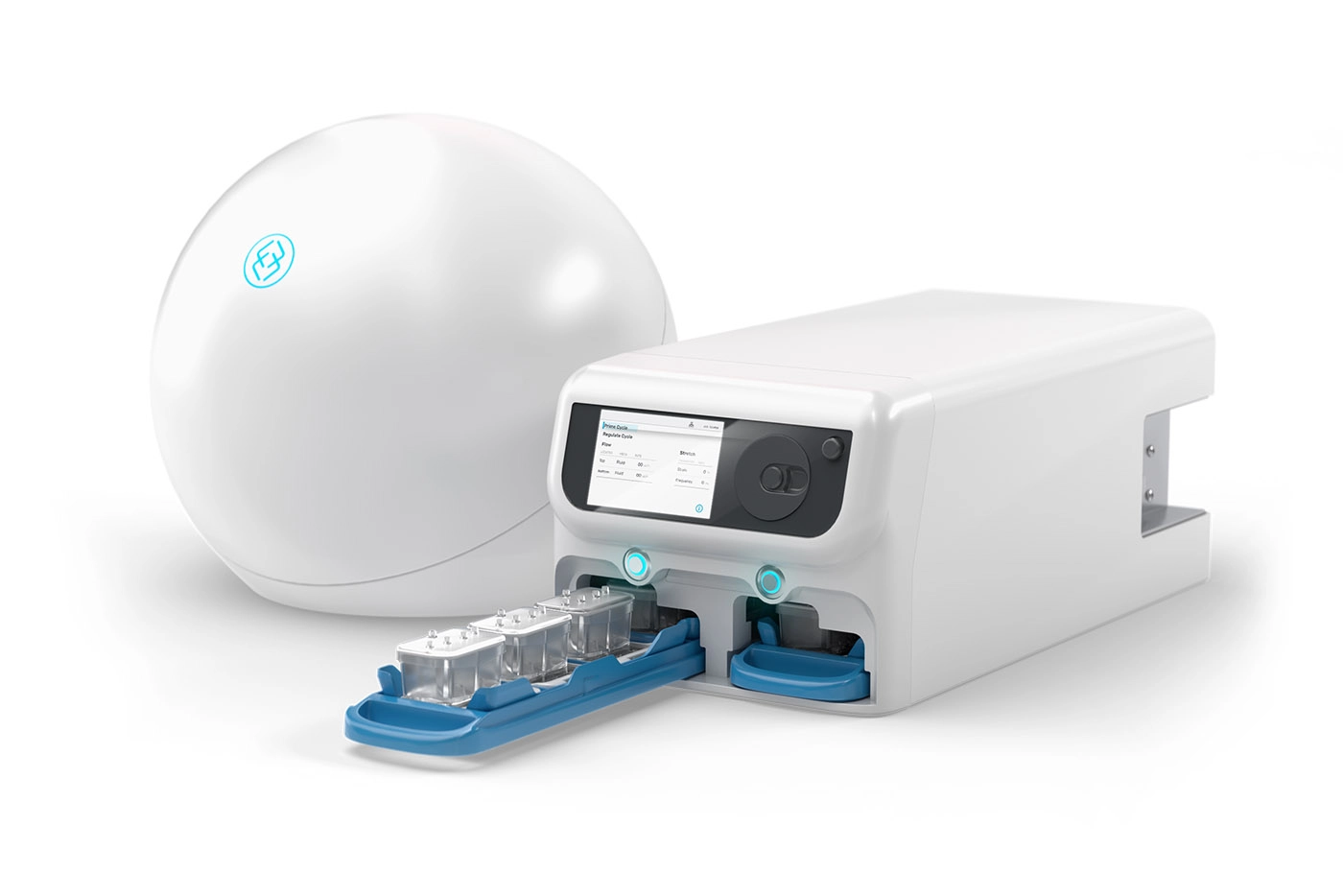
Get Started Today
Experience the predictive power of Organ-on-a-Chip technology. The Duodenum Intestine-Chip can be created with either a BioKit or a Basic Research Kit.



